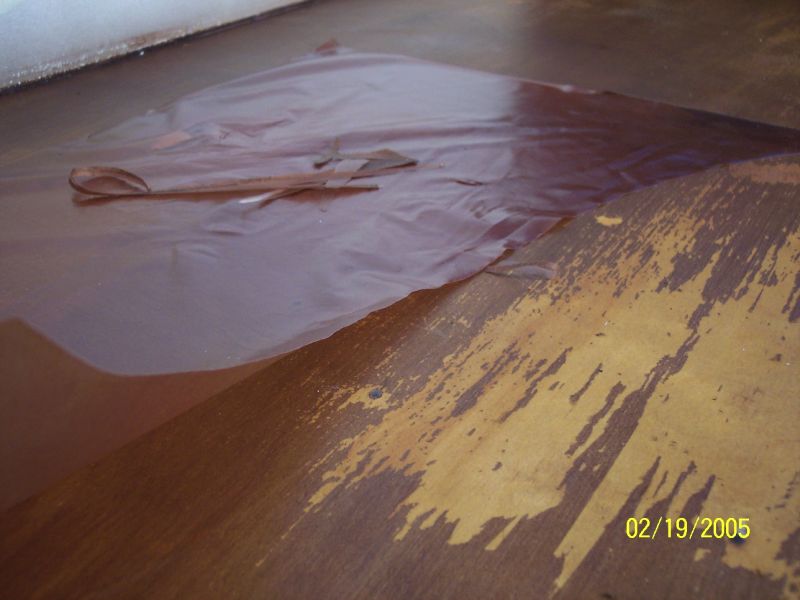Question
I have been building and finishing my own cabinets for several years now, mostly stain and lacquer finish. I have a project in the works now that is all maple. I am using Gemini pigmented vinyl sealer to get the base coats of the off-white finish that the customer wants and top coat with Gemini pre-cat semi gloss. These are turning out beautiful in my opinion and the opinion of almost everyone who has seen them, except the homeowner. He is very fussy and can't seem to get over the fact that there will be hairline cracks in the 5 piece doors and in the joints of the face frames.
When we signed the contract it was understood and in writing that the doors would be 5 piece Maple, and this is what he wanted. We donít use particleboard or mdf to make anything. A couple of other cabinetmakers in the area that he talked to said they only do painted doors in mdf and that I should have made my doors out of 1 piece mdf.
Everything in our shop is made from solid wood and plywoods in a more traditional method without the use of mdf and this is why people choose our shop - because of how we build.
My question is, are the hairline cracks acceptable with this type of cabinet and construction method? Is my customer just being too picky, or does he have a valid point? Please remember that he requested the 5 piece solid wood doors.
Forum Responses
(Finishing Forum)
From contributor A:
He's being picky. No matter how much coating you apply, there will always be some movement in the components, resulting in hairline fractures of the coating. If he wanted a seamless piece he should have requested a seamless material. It's like saying "I can see the seams in a suit" "Yes, that's where the sections were sewn together".
The lesson is, always have or make a sample door to show the client exactly what they are getting. With one client who was concerned with the toughness of the finish, I went so far as to make up a panel for her to destroy. I told her to do everything you would normally do to a cabinet door and see how it holds up. Then do things you would never do to a cabinet door and see how it does. If, after that, you think the finish needs to be tougher we can look into other options.
The point is the more you can show the client exactly what he is getting, the better off you are. Your client wanted something he didn't fully understand. And it's always tougher to explain after the fact.
The moulding line cracked this winter, the day the owner cranked his super-duper heating system up to 90 degrees with no humidification, while trying to dry some tiling. I did not expect this kitchen to have so few cracks. It is one of the hardest spray jobs I've done or seen. I live in the Northeast and we have some of the worst temperature and humidity differences throughout the year.
Can a crack-free kitchen be fabricated? The answer is yes. Should the customer expect one? I would say no. I informed my customer that there would be cracking before we signed the contract. I guess I got lucky on that kitchen. I don't expect it to happen again for a few more years.
Comment from contributor I:
I always build five piece paint grade doors from poplar and I've never had an issue. I join them with your standard tongue and groove, using birch MDF core plywood for the panel. When I assemble them I use plenty of glue and I even glue the panel in, nailing it tight to the front through the tongue from the back. Unless itís a raised panel, there's no reason you canít glue the panel and nail it. I donít do the quick 'nail it' and take it right out of the clamps. I leave them clamped at least 45 minutes. You may want to try a stronger glue like polyurethane glue if your butt joints are showing cracks.
